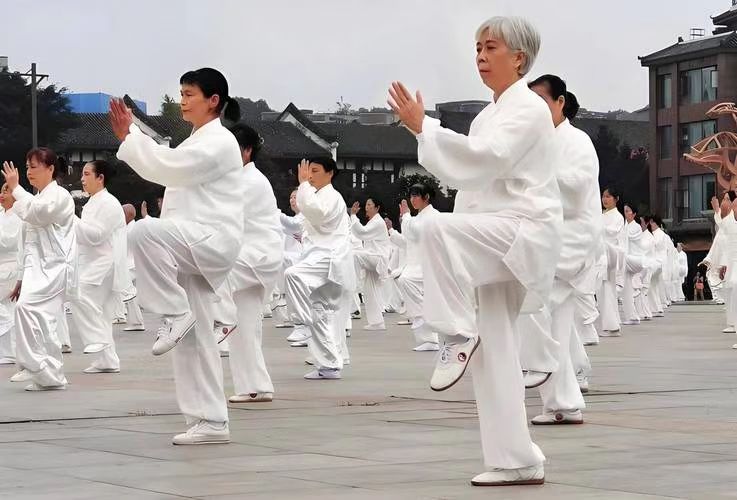I. Introduction to Taijiquan
– Historical origin: introduce the origin, development and evolution of Taijiquan in different periods.
– Basic characteristics: elaborating the core concepts of Taijiquan, such as overcoming rigidity with softness, braking with quietness, and being the first to act after starting.
Theory and Methods of Taijiquan
– Yin and Yang: Explaining the philosophical principles of yin and yang in Taijiquan and their application in boxing.
– Conversion of reality and emptiness: discuss the changes of reality and emptiness in Taijiquan, and how to defuse the opponent’s attack through the conversion of reality and emptiness.
– Spiral winding: analyze the spiral winding strength in Taijiquan and its role in health care and combat.
Practicing Skills
– Pile Standing: introduce pile standing in Taijiquan, such as Wuji Pile, Hunyuan Pile, etc., as well as the precautions and benefits of pile standing.
– Analysis of Stances: Detailed analysis of various stances of Taijiquan, such as Covering Hand Brachial Hammer, Vajra Pounding Spine, etc., including the essentials of movements and techniques of generating force.
– Breathing: explaining the breathing methods in Taijiquan and the coordination between breathing and movements.
Fourth, health benefits
– Activating blood circulation and removing blood stasis: explaining how to activate blood circulation and remove blood stasis and unimpeded flow of qi and blood through the movements of Taijiquan, such as spiral descent and contraction.
– Massage of internal organs: It introduces how Taijiquan massages internal organs in the process of practicing to achieve the effect of health care.
– Psychological regulation: discusses the positive effects of Taijiquan on mental health, such as relieving stress and improving concentration.


